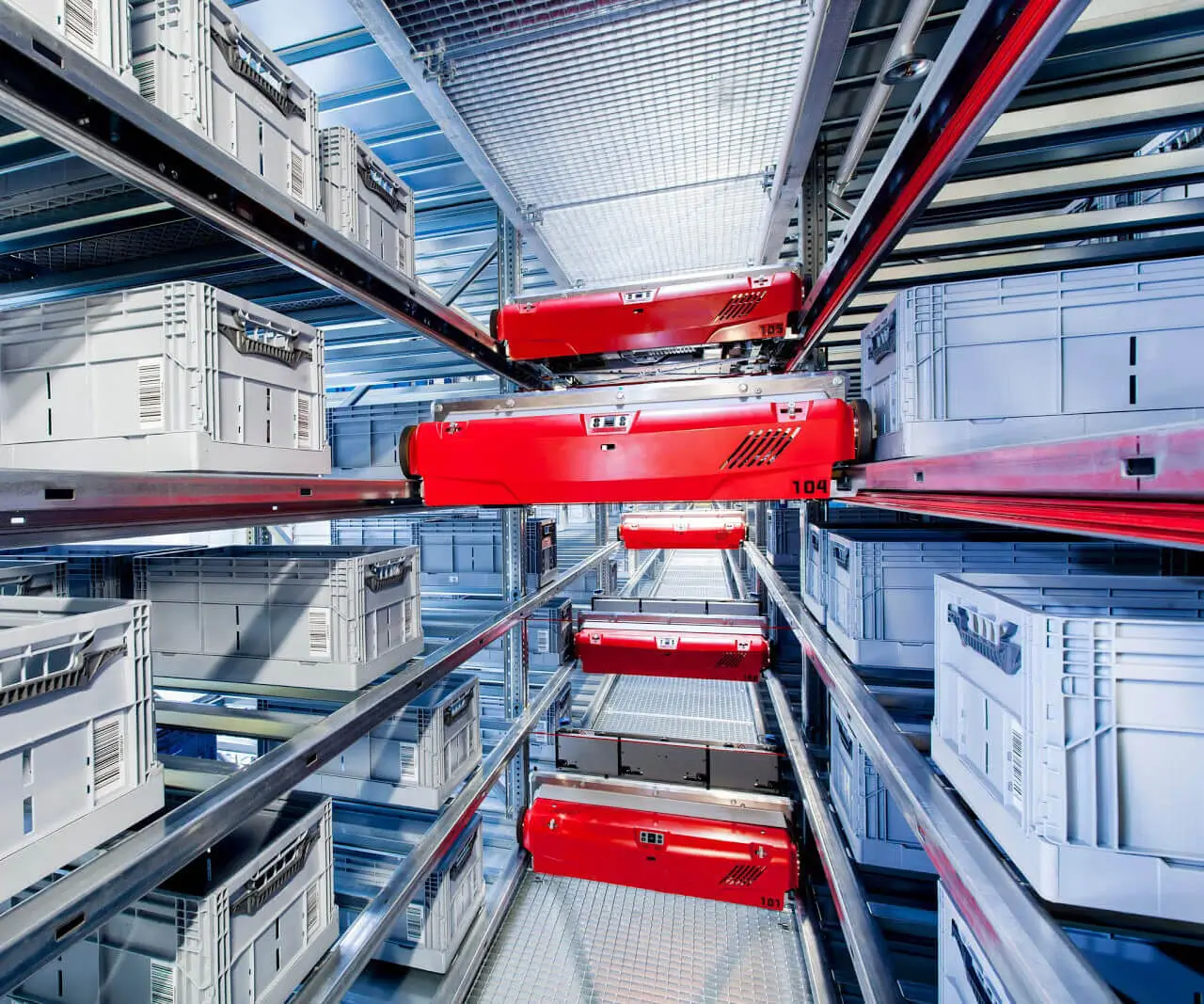Introduction: Embracing the Circular Revolution with Arduino and 360-Degree Servo Motors
For decades, roboticists and hobbyists alike have relied on servo motors to bring movement, precision, and automation into their projects. Among these, the classic 180-degree servo is widely known and used, but it’s only the tip of the iceberg. Enter the 360-degree servo motor—a game-changer that opens up new horizons for creative design and functional innovation.

Most standard servos are limited to an angular range of about 180 degrees, making them suitable for tasks like steering or robotic arms with limited rotation needs. However, many applications—ranging from continuous rotation wheels to panoramic cameras—demand full rotational freedom, which traditional servos can’t provide. This is where the 360-degree servo motor shines. It can rotate continuously, often making them ideal for applications where seamless rotation is critical.
What Exactly Is a 360-Degree Servo Motor?
At its core, a 360-degree servo motor is a device designed to rotate freely through a full circle, unlike typical servos that are restricted to a specific, limited arc. These motors are sometimes called continuous rotation servos or "cruiser" servos. They are essentially modified or specialized versions of standard servo motors, equipped with a control system that interprets signal pulses as rotation commands rather than position commands.
This distinction is significant. With a standard servo, a pulse duration corresponds to a specific angle—say, 0 degrees at 1 ms, 90 degrees at 1.5 ms, and 180 degrees at 2 ms. But with a 360-degree servo, that same pulse no longer maps to a precise position but instead controls the rotation direction and speed—shorter pulses might cause the motor to spin clockwise, longer pulses (or a different set of signal parameters) might induce counterclockwise rotation, and the speed of rotation can be finely controlled through pulse width modulation (PWM).
Why Use a 360-Degree Servo with Arduino?
Arduino boards are celebrated for their versatility, user-friendly interfaces, and extensive libraries, making them the perfect heart for hobbyist and professional robotic projects. Combining Arduino with a 360-degree servo detaches your project from the limitations of angular stops and unlocks a spectrum of continuous rotational capabilities.
Imagine your next project involving a pan-and-tilt camera system capable of rotating endlessly to scan environments or a robotic wheel that needs smooth, uninterrupted motion. These are achievable with continuous rotation servos. Similarly, in flight simulators or steering mechanisms, 360-degree servos offer precise, smooth, and reliable continuous control.
The Distinction Between Continuous Rotation Servos and Brushless DC Motors
It’s worth clarifying that while 360-degree servo motors are often called "continuous rotation servos," they differ from brushless DC motors (BLDCs) or stepper motors. The key difference is control: continuous servos emulate servo-like control over rotation speed and direction by interpreting PWM signals, while BLDCs and steppers require more complex drive electronics and programming environments.
This control simplicity makes 360-degree servos an attractive choice for Arduino projects. They can be directly integrated using the Arduino's Servo library, which simplifies code writing and experimentation.
The Anatomy of a 360-Degree Servo
A typical 360-degree servo includes several key components:
Motor: Usually a small brushed DC motor capable of continuous rotation. Gearbox: Reduces the motor's high speed to manageable output speeds, increases torque, and ensures smooth movement. Control Circuitry: Interprets PWM signals and converts them into motor commands—controlling direction and speed. Feedback System (sometimes optional): Unlike standard servos, many 360-degree servos rely on open-loop control, meaning they don’t constantly verify position but instead rely on pulse signals to infer movement commands.
Basic Setup of a 360-Degree Servo with Arduino
Connecting a 360-degree servo to an Arduino is straightforward, often requiring just three connections:
Power (Vcc) Ground (GND) Control Signal (PWM)
Once wired, you can use the Arduino Servo library or custom code to send signal pulses that control rotation and speed. The simplicity of this process encourages countless hobbyists to experiment and develop embedded systems with continuous rotation capabilities.
Common Applications of 360-Degree Servo Motors
Pan-and-Tilt Camera Systems: The indefinite rotation allows seamless panning, essential for surveillance, videography, or interactive kiosks. Robotic Wheels: Especially those designed for omnidirectional movement, enabling robots to make complex, smooth maneuvers. Rotational Actuators: For valve control, turntables, or artistic installations that require continuous, controllable movement. Camouflage and Stealth Projects: Where unpredictable or continuous motion enhances functionality or aesthetics. Simulators and Gaming Equipment: For precise, fluid control of motion platforms and steering wheel controllers.
Limitations and Considerations
While 360-degree servos are versatile, they are not suitable for all applications. They lack position feedback unless explicitly equipped with sensors, which limits their use in precise positioning systems. Also, some units may make noise during operation, or their rotation might be less smooth compared to more advanced brushless systems.
Furthermore, not all "continuous rotation servos" are created equal. Variations in quality, stall torque, speed, and control fidelity mean it’s essential to choose a reputable model tailored for your project’s demands.
Leveraging innovations in modular drive technology, Kpower integrates high-performance motors, precision reducers, and multi-protocol control systems to provide efficient and customized smart drive system solutions.




































